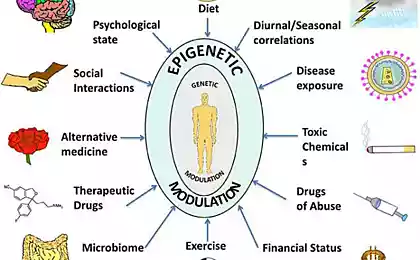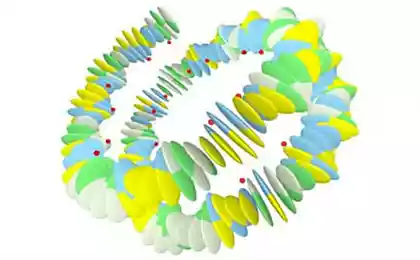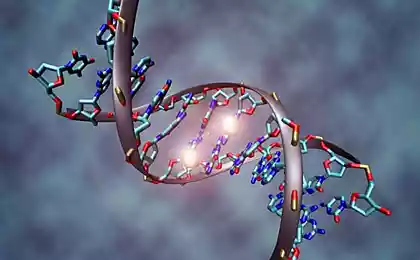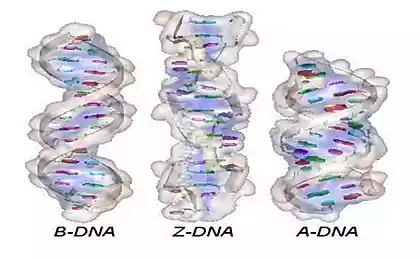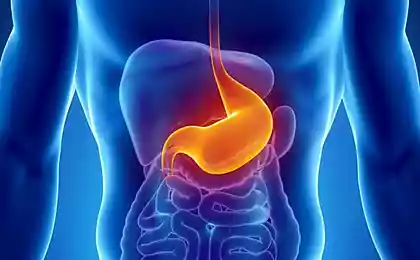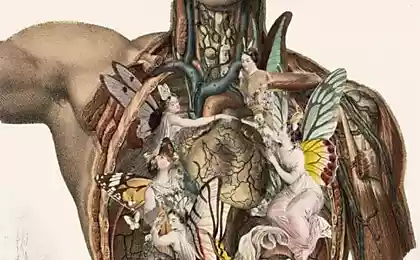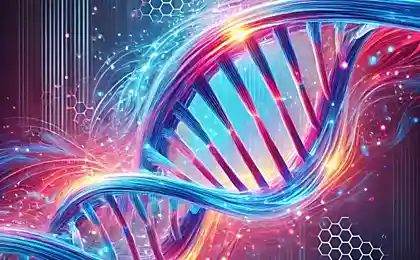472
The study of the DNA of food will help to make it more healthy
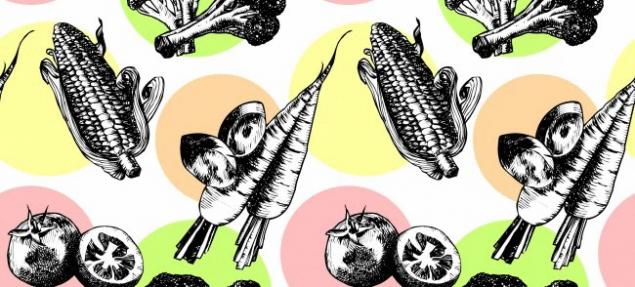
What could be more important to life than food? Safe food. According to statistics, one in six persons suffers from foodborne diseases. These illnesses lead to hospitalization, death, and issues of a different nature. Food should be better. But to hold each piece of food through the supply chain so that food remained untouched, very difficult. Some food companies test their ingredients before cooking and packaging, but there is no way to check them for unknown pathogens or impurities that may cause contamination. And because supply chains are constantly expanding, the problems only increase.
Perhaps this will find a solution. A new joint project of IBM Research and Mars Incorporated, called the Sequencing the Food Supply Chain Consortium aims to improve food safety. Scientists from both organizations will use advances in genomics and Analytics, trying to deepen our understanding of what makes food safe.
The researchers will conduct the largest ever study of metagenomics our food sequeiros DNA and RNA of popular foods to determine which elements keep the food healthy, and what microorganisms, and other factors spoil it. Scientists will study everything, "from farm to fork", considering food at all stages of the supply chain.
Obviously, in the course of their research, the scientists lumped a huge variety of data, which will help them to understand the latest machine learning algorithms and artificial intelligence.
Foundations of research"We want to understand the ingredients of healthy food, from the top to the bottom of the supply chain, including what makes healthy biochemistry, says James Kaufman, Manager of public health at IBM Research. — If you understand how to look healthy and normal microbiome, you can find out some things about how the microbiome will respond to the unknown".In fact, scientists hope to uncover what combination of microbes makes food ingredients are safe and what factors affect the structure of these microbial communities, including access to new pathogens and other impurities, which have not yet been discovered. These unknown variables can eventually make the food inedible, whether the evolution of new organisms, a bad attempt to make the best food, or even a deliberate act of terrorism.
To achieve their goal, scientists are embarking on a massive experiment sequencing the DNA and RNA of major food ingredients in various environments. For starters, they will study poultry, fish meat, egg powder and ground maize and track down their way in the ecosystem of the plants in the supply chain and even the dependence on weather conditions.
Isvilanonda computing gyrus in the laboratory THINKLab at IBM — which includes more than 500 compute nodes and can be expanded as necessary — scientists will start the sequencers for a few weeks to determine the necessary depth of coverage. As Kaufman says, although scientists know which ingredients they sequeiros what will be the variety of this list is as yet unknown.
In addition to deep sequencing of food, the researchers plan to disclose some of the ingredients of the impurities in parallel with the main course of study. Then they could confirm if it works with their system.
The task of scientists is much more difficult than you might think. According to the UN, by 2050 we will have to increase food supplies by 70% to feed an additional 2.3 billion people. In other words, we will have a third more mouths to feed. And it would mean that Kaufman and his team will have to perform much more complex food chain.
Kaufman is aware of the extent of the problem. And they make it more attractive: "It is in the public interest to make the food and the food supply safer."
Source: hi-news.ru
Ideas for container and vegetable gardens in a small area
Original cheesecakes from Oleg Ilyin is a very quick and tasty Breakfast





